
In the rapidly evolving automotive development realm, time is a critical factor.
We share information, tips and things we've learned from our years in the rapid prototyping and plastic mold manufacturing industry.
In the rapidly evolving automotive development realm, time is a critical factor. Our client found themselves in a tight spot. They required 150 - 200 sets of automotive tail lights for essential testing in a short period. The catch? The mass - production tools, typically relied upon for large - scale needs, were not due to be ready for a staggering nine months. The client urgently needed high - quality molds before the impending deadline and at a cost far lower than traditional production tools.
II. Project Requirements and Initial Hurdles
1. Component Manufacturing Needs
In this automotive tail light project, components such as the main tail light housing, reflector bowl, lens, lamp socket connection module, decorative bezel, and other parts had to be manufactured. The overall assembly size was around 300x200x180mm.
The client demanded tests be conducted using real materials.
2. Unsuitability of Conventional Methods
Conventional 3D printing, CNC machining, and vacuum casting could not meet the project requirements. Prototype molding emerged as the only viable option.
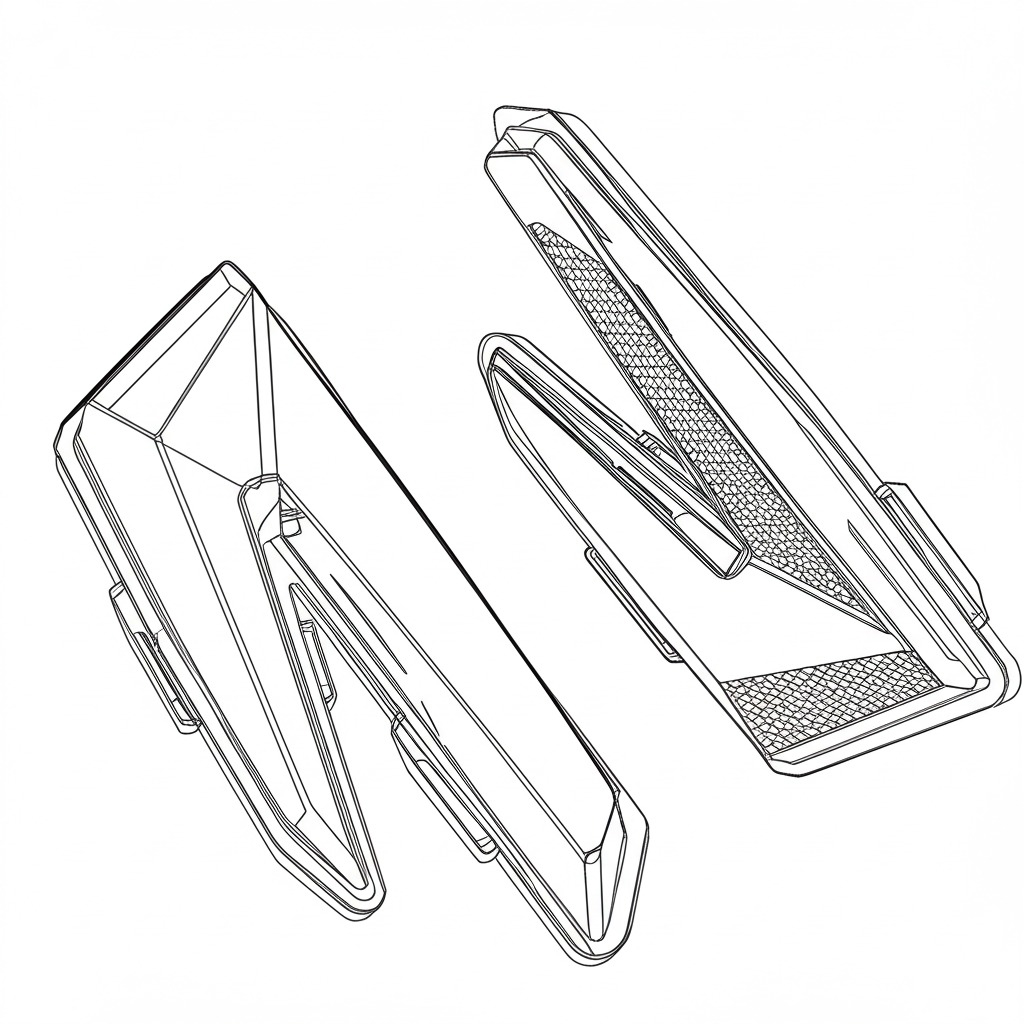
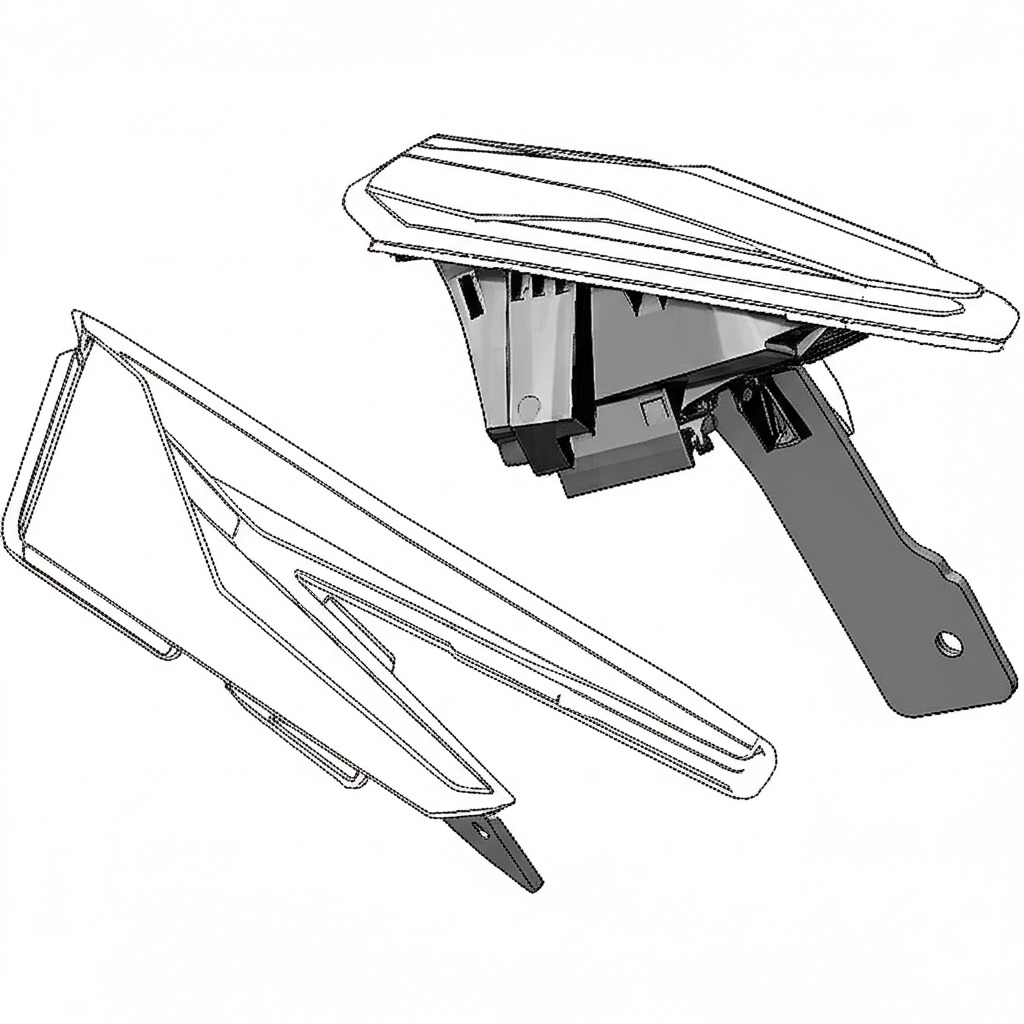
III. Solutions Implemented
1. Comprehensive Project Understanding
Drawing on past experience, we quickly grasped the project's core. We completed the mold design and analysis within one week, while traditional mold - making companies usually took a month for this process.
We pre - ordered all project - required materials. As soon as the client approved the plan, we could commence work immediately.
2. Precise Material Selection
Our engineers, with their extensive experience, accurately determined the appropriate materials for different mold components. Whether it was aluminum or steel, they made the right call.
Identifying components suitable for aluminum molds was crucial as the production cycle for aluminum - made components is shorter.
While mass - production molds often have single - unit mold cavities to ensure a long mold life (100,000 - 1,000,000 times), for this small - batch prototype mold project, we had to balance quality and speed.
3. Optimization of Mold Design
After in - depth analysis, we split some complex structures. For instance, the reflector bowl's mold core, if manufactured as a whole, would have an extremely complex structure and require a long time for milling with a five - axis machine tool. By splitting it into several parts, we could use two or three machines to manufacture these parts simultaneously, shortening the production time by over half without sacrificing quality.
We also made other key decisions in balancing cost and quality. For example, using manual installation inserts allowed us to avoid manufacturing a complex mold with elevators and sliders. Considering the mold volume and insert installation and disassembly cycle, this was a cost - effective choice.
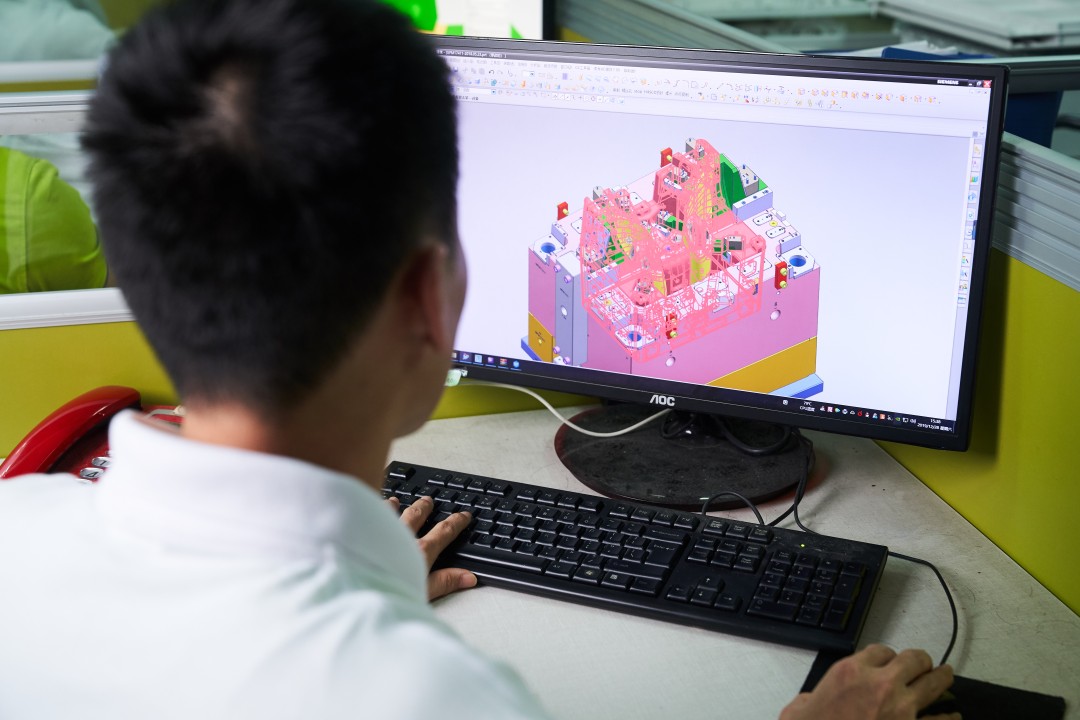
1. Skillful Use of Stock Mold Bases
All mold cavities were designed based on our stock mold bases. This eliminated the need to order new products, saving both time and cost. It effectively shortened the delivery cycle and met the client's budget.
Past experience in similar projects influenced our decisions. For example, automotive tail light lenses usually require two - color molding (red for the brake light part and transparent for the turn - signal part). In this project, instead of using expensive two - color molds for the small quantity of 150 - 200 sets, we made a single - color mold and then painted or dyed it partially as required, achieving cost savings.
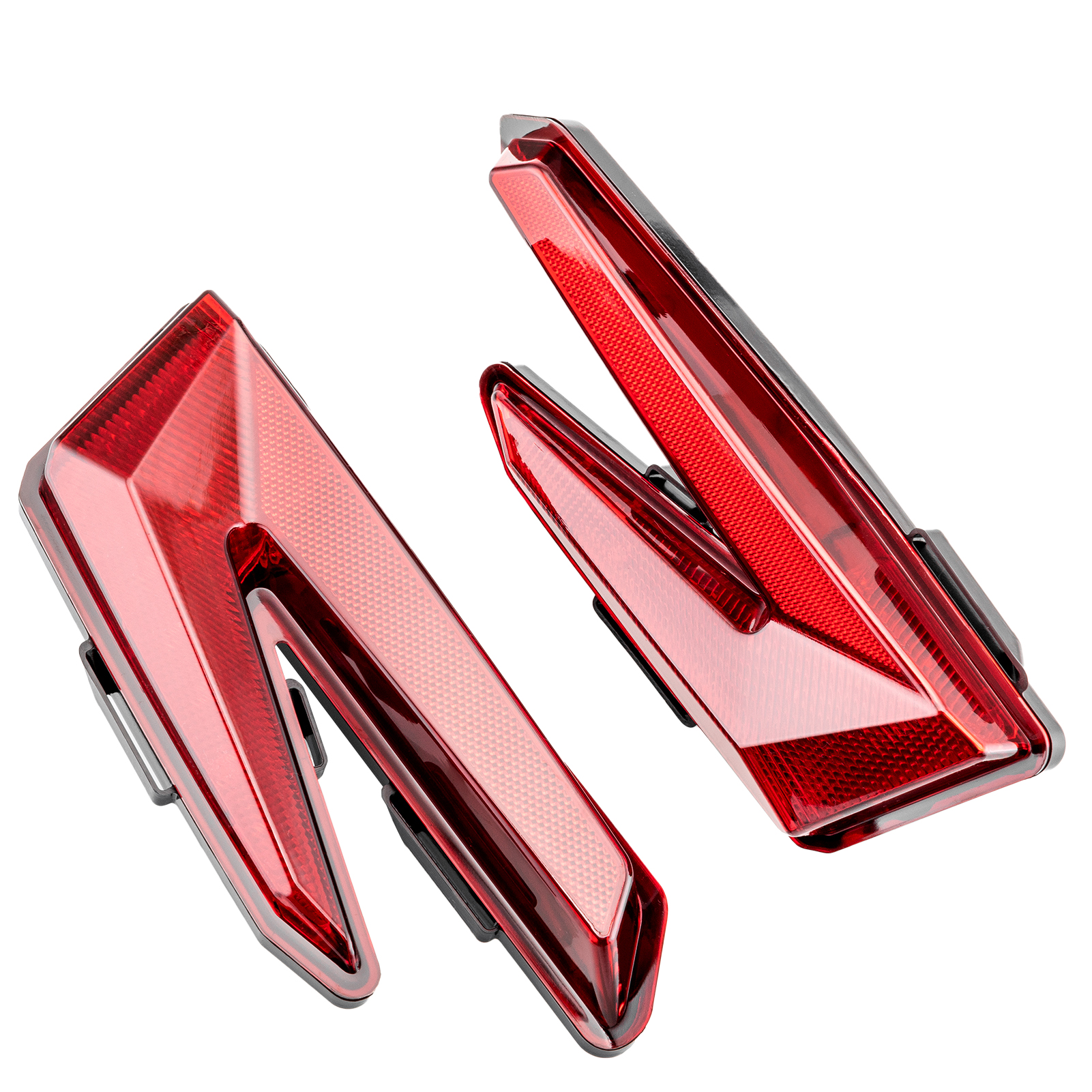
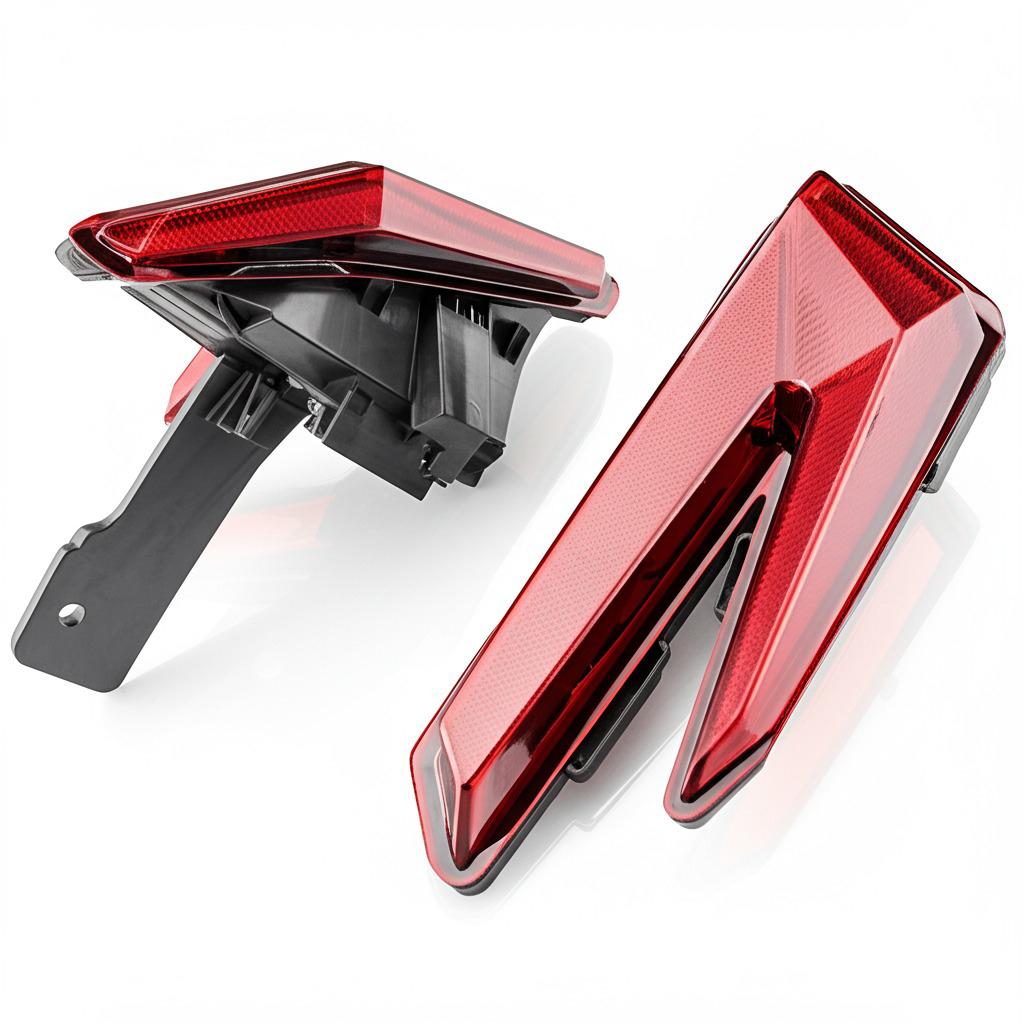
IV. Outcome
We successfully completed the project within the specified time. The client was able to test the tail lights on the prototype vehicle without waiting for the nine - month mass - production molds. Moreover, they had the opportunity to modify and improve some parts of the design.